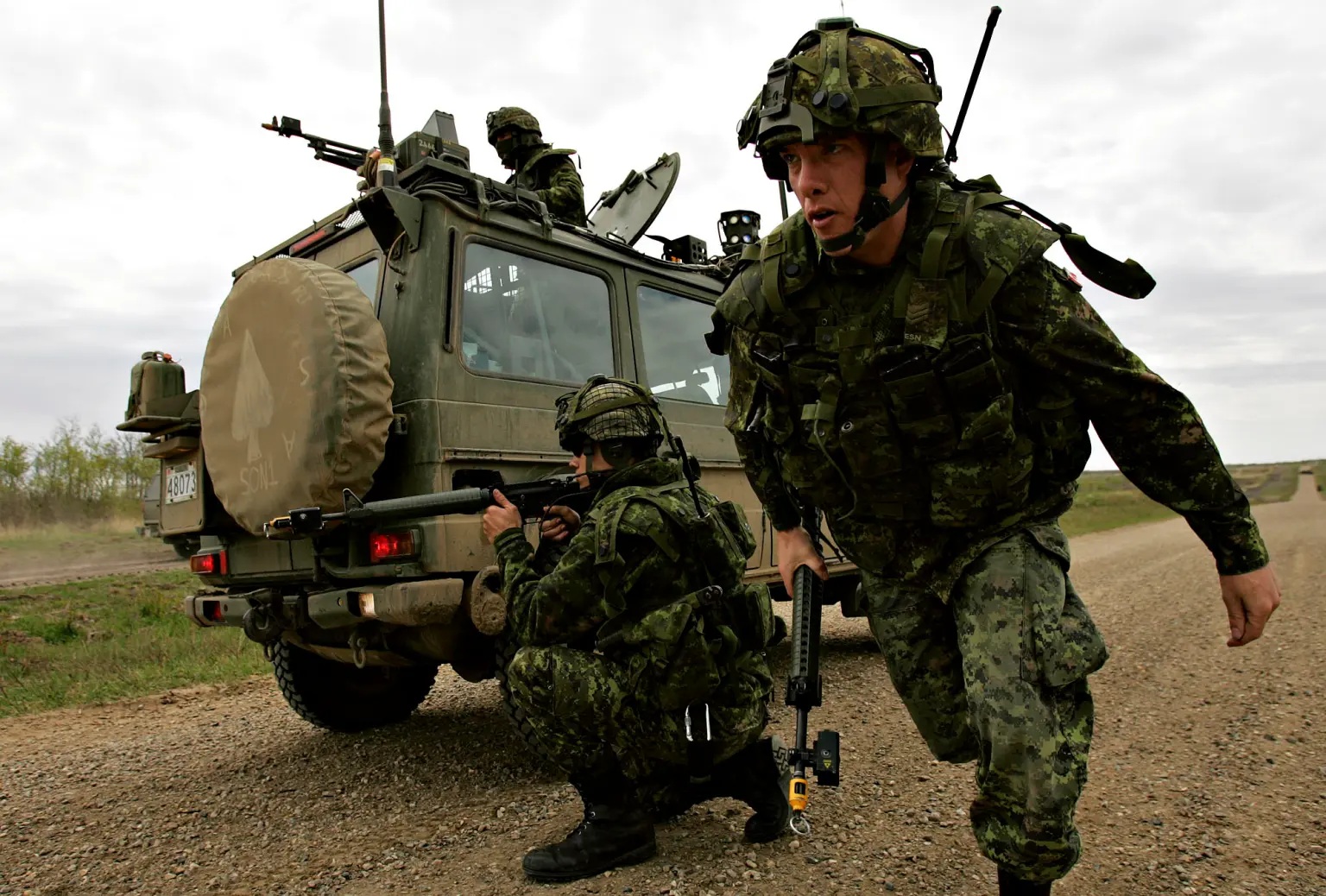Children crossing Darien Gap at all-time high

The number of children crossing the Darien jungle between Colombia and Panama on foot has reached an all-time high since the beginning of the year says the United Nations Children’s Fund (Unicef), which reports that between January and October 32,488 children and adolescents have crossed the Darién plug towards United States, surpassing by 10% the total registered in the same period of 2021.
The UN agency mentioned that around 900 unaccompanied adolescents have crossed the risky area since the beginning of 2022, which represents a record number compared to 200 last year.
The unaccompanied are those who arrive alone or without a family member at the migrant reception stations in Darién, like those in San Vicente or Lajas Blancas. There have been cases in which the parents of minors have died during the journey.
In the case of separated or unaccompanied minors, the Secretariat for Children, Adolescents and Families issues a protection measure to guarantee their life and rights. They also request support from embassies and consulates, and the Ministry of Foreign Affairs.
Unicef states that children under 5 years of age, who represent 50% of migrant children, are particularly vulnerable to diarrhea, dehydration and other diseases and, the stress and danger leaves many children at risk of emotional trauma.
During a visit to a migrant reception station, Hannan Sulieman, UNICEF’s deputy executive director, stressed that violence, poverty and the hope of finding better living conditions push families with children to leave their homes and face the of the Darien Gap.
“In Panama, it overloads the capacity of the State to provide basic services needs,” said Sulieman, and UNICEF calls on all governments to take actions to protect migrant children.
“Boys and girls should never again experience situations in which their safety and well-being are at risk,” she added.
Between January and October, some 211,355 people crossed Darién in transit to their destinations. Boys and girls, represent 15% of all migrants,





